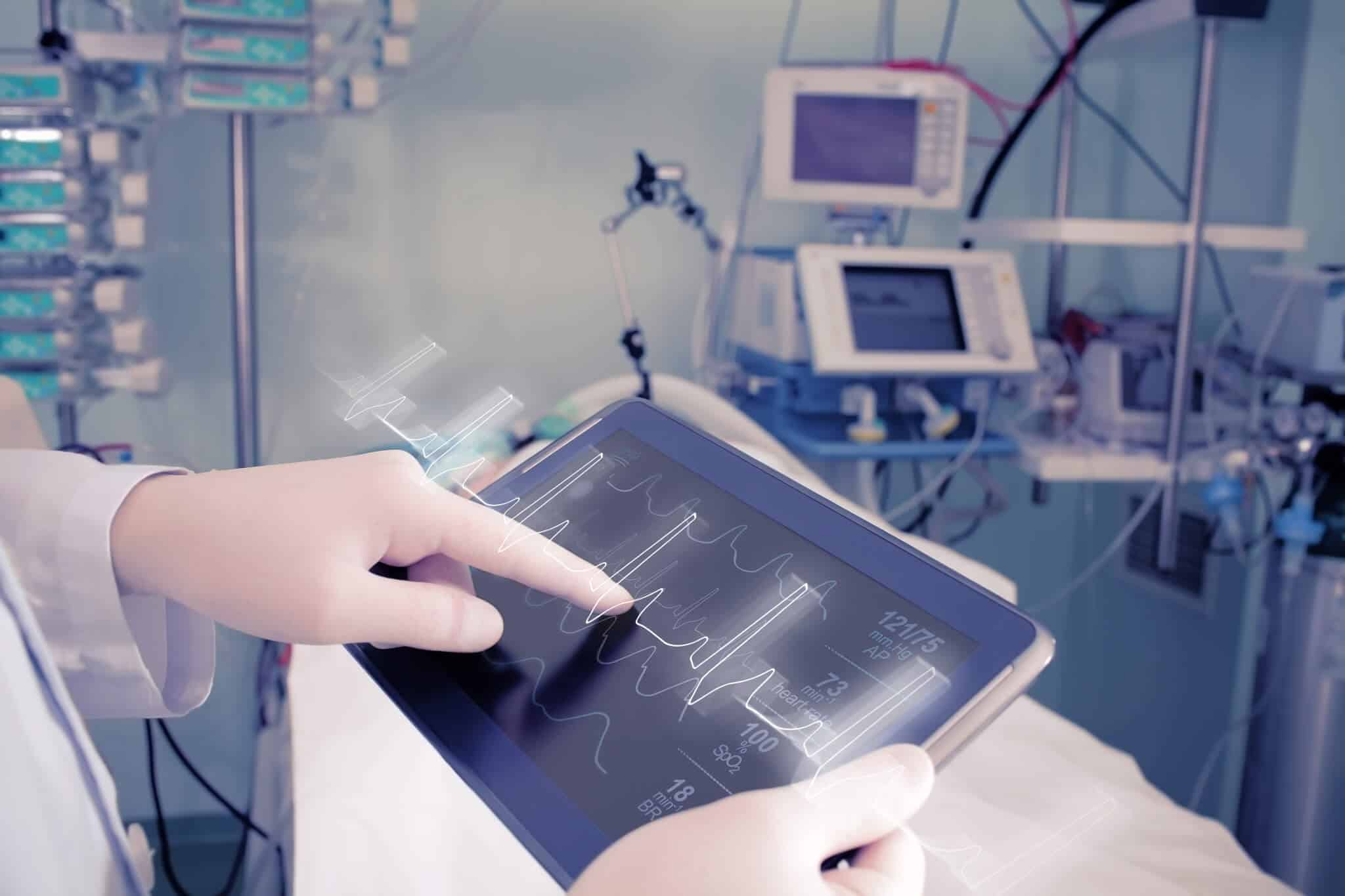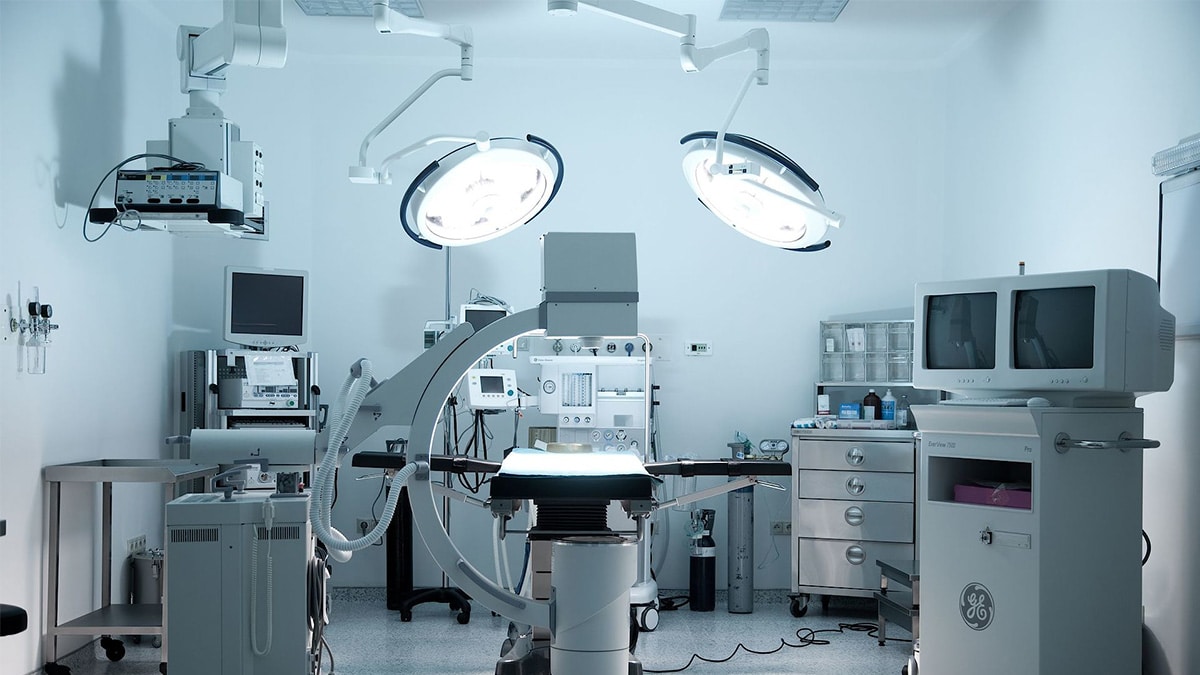Understanding medical device regulations is of utmost importance for biomedical engineers to ensure the safety of both patients and healthcare providers. In today’s era of rapid technological advancements, sophisticated medical devices such as Magnetic Resonance Imaging (MRI) machines have become integral to diagnosing and treating patients. However, with this progress comes an increased responsibility to thoroughly comprehend device regulations to ensure safety. Medical device regulations serve as a crucial regulatory framework to mitigate potential risks associated with the use of various medical devices. In the following sections, we will provide you with a comprehensive guide to understanding medical device regulations and how to effectively navigate them.
Medical device regulations
Compliance with regulations is not solely the responsibility of the biomedical engineer; it begins at the manufacturing stage. Manufacturers must adhere to specific regulations when producing medical devices and provide safety instructions and guidelines to protect both patients and healthcare professionals. While regulations vary from country to country, there are general principles that apply to all devices.

Medical device regulations depend on the type of device, as each category has specific regulatory requirements based on the level of risk it may pose to patients. Medical devices are divided into three classes:
- Class I: Low-risk devices, which are simple in design and intended for general use.
- Class II: Moderate-risk devices that must meet specific performance standards.
- Class III: High-risk devices, which are critical for sustaining patient life and may cause significant harm if misused.
The Importance of Compliance with Medical Device Regulations
Non-compliance with medical device regulations can lead to penalties for manufacturers, such as product recalls, legal accountability, and damage to the company’s reputation. On the other hand, adhering to regulatory requirements for quality and safety enhances a company’s success and competitiveness in the market. Although these regulations differ across countries, their ultimate goals are shared: ensuring the safety and effectiveness of medical devices in healthcare, protecting patients, and safeguarding healthcare professionals.

Key Types of Regulations to Comply With
As mentioned earlier, there are numerous regulations governing the manufacturing and use of medical devices, but they share common requirements to achieve the overarching goal of safety. Below, we will explore some of the most important regulations that must be adhered to:
1. U.S. Food and Drug Administration (FDA) Regulations
The FDA is one of the most prominent global authorities in the medical field, overseeing the safety of medical devices in the United States. It classifies medical devices into three categories based on risk level:
Class I: Low-risk devices, such as bandages and stethoscopes, subject to general controls.
Class II: Moderate-risk devices, like infusion pumps and surgical gloves, requiring special controls and pre-market notification.
Class III: High-risk devices, such as pacemakers and heart valves, which require pre-market approval for manufacturing and marketing.

2. European Union (CE) Regulations
The Medical Device Regulation (MDR) indicates that medical devices comply with EU standards (CE). It covers key aspects such as device classification, which is divided into four main risk categories (I, IIa, IIb, III). Manufacturers must also comply with conformity assessments, prepare detailed documentation for risk evaluations, clinical assessments, and quality systems. Post-market surveillance is another requirement for manufacturers after devices are launched.
3. Health Canada Regulations
In Canada, Health Canada regulates and monitors medical devices. Devices are classified into four categories based on risk level (Class I to Class IV), and compliance with Canadian standards is mandatory before marketing.
4. World Health Organization (WHO) Regulations
The WHO issues guidelines to ensure the quality of medical devices, particularly in developing countries. These guidelines include requirements for clinical evaluations and post-market surveillance. WHO regulations are among the most critical and must be adhered to.
As mentioned, there are numerous regulations that vary from country to country and sometimes even within regions. Therefore, as a biomedical engineer, you must familiarize yourself with the specific regulations you need to comply with to ensure your safety and that of your patients.

How Are Safety Standards for Medical Devices Implemented?
Several professionals are involved in implementing safety standards and ensuring full compliance with regulations. They include:
1- Regulatory Affairs Specialist: Responsible for ensuring that medical devices meet all necessary standards before being marketed and sold. They prepare and submit regulatory documents and coordinate with relevant authorities.
2- Quality Assurance Manager: Oversees quality control processes for medical devices, ensuring manufacturing practices comply with regulations, conducting inspections, and implementing corrective actions to maintain product quality.
3- Compliance Officer: Monitors and enforces medical device regulations within the company, develops compliance programs, and trains employees on regulatory requirements.
How Can You, as a Biomedical Engineer, Start Complying with Medical Device Regulations?
Begin by exploring the key aspects. Gain a foundational understanding of various medical device regulations by enrolling in training courses on quality management systems and safety standards. Then, apply this knowledge practically until you gain sufficient experience to compete effectively in the job market. You can contact us now via the HSI website to explore our services for a better future as a biomedical engineer.
Source: Understanding Medical Device Regulations